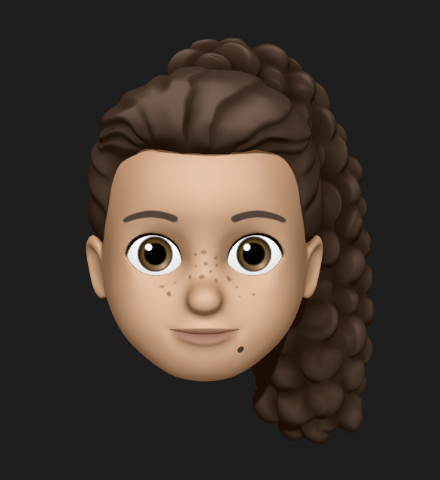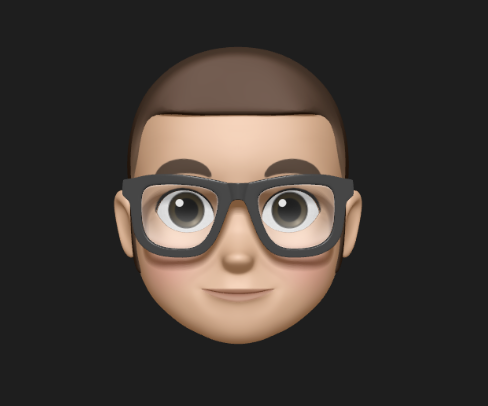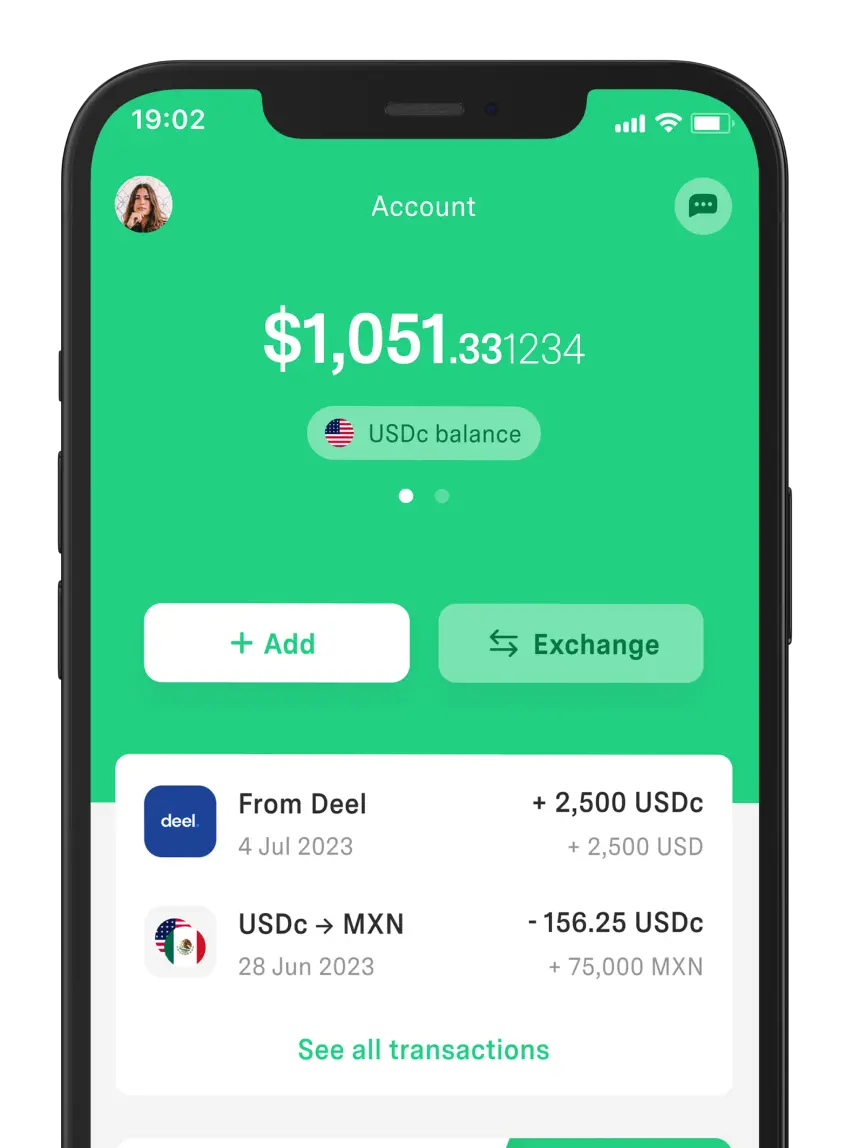 Your Money
Your Money Payment Receipt: What It Is, What It’s For, and How to Obtain It
A payment receipt is issued after purchases, transfers, or payments. Learn how to obtain a payment receipt and its uses.



Mexico's monetary system has gone through various changes to reach the modern coins in circulation today. Additionally, there are different types of currency in Mexico, with various denominations in cents and pesos, as well as commemorative editions.
Although many of Mexico's coins and banknotes have been demonetized, others remain common in daily transactions. That’s why in today’s post, we review the history of the Mexican peso, highlighting the different denominations in cents and pesos, their characteristics, and their current usage.
Mexico’s currency history dates back to colonial times when the Spanish real was the legal tender. However, after gaining independence in 1821, Mexico began minting its own coins and officially adopted the peso as its national currency in 1863.
Here are some key facts about Mexican coins:
Origins in silver. The Mexican peso is one of the oldest currencies in the Americas and was originally minted using silver from Zacatecas and Guanajuato.
The peso and the dollar. Mexico was the first country to use the "$" symbol for its currency, even before the United States.
The 1993 change. To combat inflation, the country introduced the "nuevo peso" (N$), removing three zeros from its nominal value, introducing new cent and peso denominations.
Demonetized coins. In 1995, the AA and A families of coins were removed from circulation. Their nominal value was divided by 1,000 to adjust to the new currency.
Global relevance. The Mexican peso is the most traded currency in Latin America, the third most traded in the Americas, and the fifteenth most traded in the world.
Old commemorative coins. Some special editions released in the 20th century have lost their legal tender status but remain valuable for collectors.
Historic designs. The designs of Mexican coins have featured historical figures, pre-Hispanic symbols, and even the Aztec Calendar.
The Banxico issues and regulates Mexican coins and banknotes. It is also responsible for distributing them to banks.
The Mexican peso is one of the world's currencies with the most history and relevance in Latin America. Over the centuries, its physical characteristics and materials have evolved. This transformation reflects the economic, social, and political changes that have shaped the country.
Currently, Mexican coins can be classified into:
Coins in circulation
Commemorative coins
Demonetized coins
Collector's coins
The latest banknotes in 20, 50, 100, 200, 500, and 1,000 pesos belong to the G family.
As for coins, they are categorized into different families and denominations. Below, we detail the types of Mexican currency currently in circulation.
5-cent coin. The smallest and lowest-value coin, with a diameter of 15.5 mm and a weight of 1.58 g. Its design features a "5¢" and the Casa de Moneda symbol "M°". It belongs to the C family and has been in circulation since 1996.
10-cent coin. Similar to the 5-cent coin but larger (14 mm and 1.755 g) and part of the D family. It features the "10¢" and elements of the Sacrificial Ring of the Sun Stone. Introduced in 1996.
20-cent coin. With a diameter of 15.3 mm and a weight of 2.258 g, it features "20¢" and Acatl from the Sun Stone. It belongs to the D family and has been in circulation since 2009.
50-cent coin. The highest-value cent coin, with a diameter of 17 mm and a weight of 3.103 g. It displays "50¢" and the Acceptance Ring of the Sun Stone. It was introduced in 2009 as part of the D family.
The "¢" symbol represents cents, while peso coins use the "$" symbol. Now, let’s look at the peso denominations currently in circulation.
1-peso coin. Made of stainless steel and aluminum-bronze, featuring the "$" symbol and the Glow Ring of the Sun Stone. In circulation since 1996, it belongs to the C family, has a diameter of 21 mm, and weighs 3.95 g.
2-peso coin. Slightly larger than the 1-peso coin, weighing 5.19 g and measuring 23 mm in diameter. Its reverse features the Ring of Days from the Sun Stone and has been in circulation since 1996.
5-peso coin. Recognized for its larger size (25.5 mm) and weight (7.07 g), it maintains the bimetallic structure. It prominently features "5" in the center and belongs to the C family. In circulation since 1996.
10-peso coin. Weighing 10.329 g with a diameter of 28.0 mm, this coin displays "DIEZ PESOS" at the bottom and features Tonatiuh’s mask of fire from the Sun Stone. It belongs to the C family and has been in circulation since 1997.
20-peso commemorative coins. These dodecagonal coins weigh 12.67 g and have a 30 mm diameter. They belong to the C1 family, and their design varies depending on the commemorative occasion.
The 20-peso coin was created to commemorate historic events, such as the 700th anniversary of Mexico-Tenochtitlan, the bicentennial of Mexico’s independence, or the 500 years since the founding of Villa de Colima.
Check out the current designs of Mexico's coins and banknotes.
Mexican coins have different levels of usage depending on their denomination:
5, 10, 20, and 50-cent coins. Although still in circulation, they are less frequently used. Typically, they are used in markets, public transport, and small stores, though prices are often rounded up.
1, 2, and 5-peso coins. These are commonly used for small purchases, cash payments, public transport, and tipping. They are widely accepted in most establishments.
10-peso coin. The most frequently used coin in Mexico, given its convenience for daily transactions. It is commonly accepted in markets, supermarkets, parking lots, and public transport.
20-peso commemorative coins. While they hold legal tender status, they are often seen as collector’s items. Some businesses accept them, but many people prefer to keep them due to their special designs.
Despite currency exchange fluctuations, the Mexican peso has never been the cheapest currency in the world. On the contrary, it remains one of the strongest and most traded currencies in global markets.
Looking for ways to convert your foreign income into pesos at a good exchange rate? DolarApp is a fast and efficient alternative for all Mexicans, with competitive rates and without complicated processes.
Our application allows you to exchange USDc to MXN instantly. In addition, without traditional bank intermediaries, which allows you to avoid excessive commissions.
One of the great advantages of DolarApp is that you won't pay a fee to convert USDc to pesos. You only have to link a local bank account where you can send your money.
On the other hand, it is also possible to convert from Mexican currency to digital dollars. That is, you can buy dollars in Mexico from a peso account. The mechanism is the same, just select the MXN account to start the transaction.
So, if you are looking for an alternative to manage USDc in Mexico, try DolarApp.

The world has borders. Your finances don’t have to.
 Your Money
Your Money A payment receipt is issued after purchases, transfers, or payments. Learn how to obtain a payment receipt and its uses.

 Your Money
Your Money Discover what an investment fund is and how it works to make your money work for you with the help of professional fund managers.

 Your Money
Your Money You can send money from Mexico to the United States through Walmart. Find out how to do it and what the costs are for using this service.


